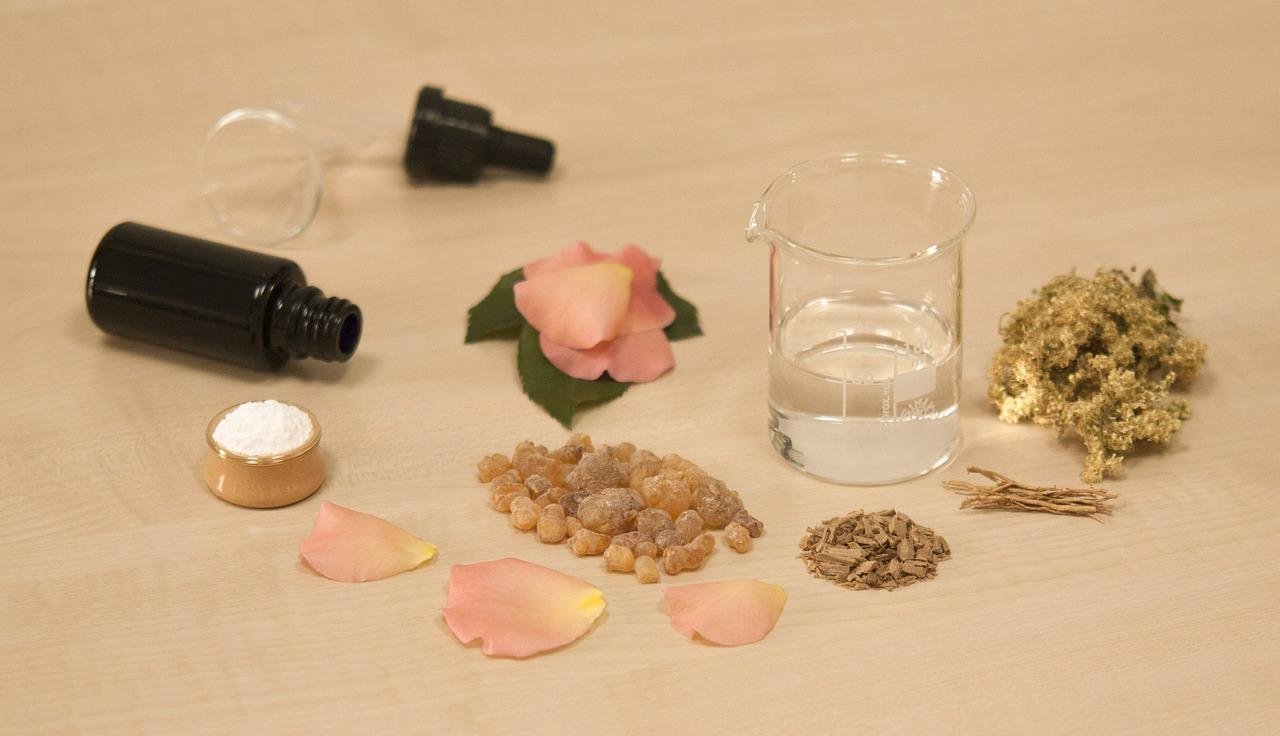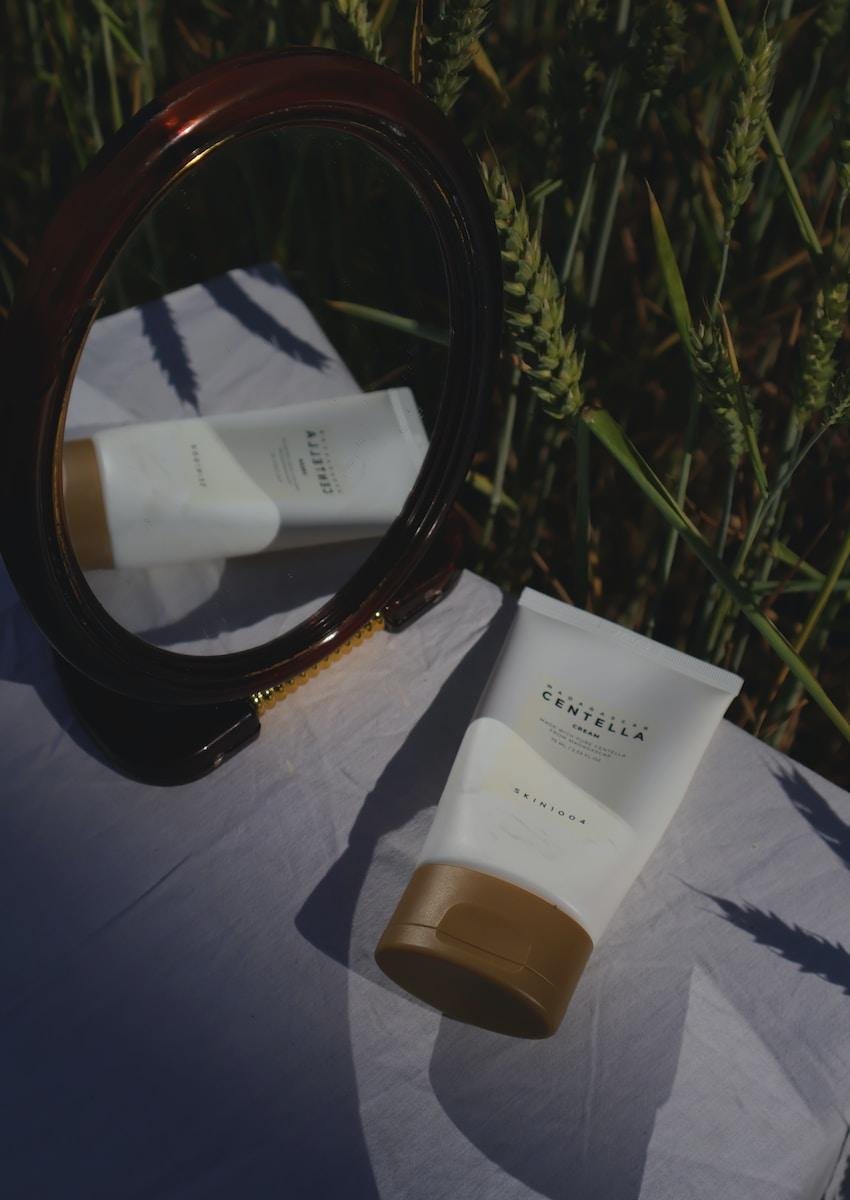Maintaining healthy, glowing skin is a challenge when faced with dry skin. But fear not, as we’ve got you covered with the ultimate dry skin routine. This comprehensive guide will walk you through the best products and expert tips to help you achieve a radiant complexion.
Cleansing: The Foundation for a Flawless Dry Skin Routine
Cleansing is the first and most crucial step in any skincare routine, as it helps to remove dirt, oil, and impurities. For dry skin, it’s essential to use a gentle, hydrating cleanser that doesn’t strip the skin of its natural oils. To achieve a flawless dry skin routine, consider these expert tips:
- Choose a hydrating cleanser: Opt for a non-foaming cleanser that won’t disrupt the outer skin layer. This type of cleanser will cleanse your skin without stripping it of its natural oils.
- Incorporate a cleansing balm: Use a cleansing balm to remove makeup and SPF before applying a hydrating cleanser.
- Employ targeted treatments: Address specific skin concerns with targeted treatments such as retinol or spot treatments.
Recommended Products:
- CeraVe Hydrating Facial Cleanser
- La Roche-Posay Toleriane Hydrating Gentle Cleanser
- Neutrogena Hydro Boost Hydrating Cleansing Gel
Exfoliation: Unveiling a Smoother, Brighter Complexion
Exfoliation helps to remove dead skin cells, promoting a smoother, brighter complexion. Selecting the appropriate exfoliator is essential to avoid dryness. Based on various sources, here are some key considerations when exfoliating dry skin:
- Opt for chemical AHAs: The ideal exfoliant for dry skin is a chemical AHA like lactic or glycolic acid, as they offer a milder exfoliating effect without irritating the skin. Lactic acid, in particular, is highly recommended for dry skin.
- Limit exfoliation frequency: Exfoliate dry skin only one to two times per week to avoid excessive drying and potential microtears.
- Avoid mechanical exfoliation: Mechanical exfoliants can be too harsh for dry skin, leading to irritation and dryness. AHAs like glycolic acid effectively remove dead cells and promote healthy skin turnover
- Consider gentle physical exfoliators: If opting for a physical exfoliant, choose a gentle product like Aveeno’s Positively Radiant Skin and Brightening & Exfoliating Daily Face Scrub. Its blend of soy extract, glycerin, and jojoba oil provides nourishment and brightness to the skin.
Recommended Products:
- Paula’s Choice Skin Perfecting 2% BHA Liquid Exfoliant
- The Ordinary Lactic Acid 5% + HA
- First Aid Beauty Facial Radiance Pads
 Toning: Restoring the Balance of Your Skin
Toning: Restoring the Balance of Your Skin
The frequency of toner usage for dry skin depends on various factors, including the ingredients in the toner, skin type, and the toner’s purpose. For those with sensitive, dry skin, using a facial toner up to two to three times weekly may be suitable. Here are some tips for incorporating toners into your dry skin routine:
- Select a hydrating toner: Choose a toner with hydrating ingredients like glycerin, hyaluronic acid, lecithin, aloe vera, and rosewater, which can help soothe and nourish dry skin.
- Prep your skin for other products: Toners can help prepare the skin for moisturizers and serums while removing excess oil and stubborn dirt or makeup residue left on the face after cleansing.
- Balance your skin’s pH level: Toners work to balance the skin’s pH level, which may be disrupted by harsh cleansers and tap water.
- Enhance your cleansing process: Toners can help remove any remaining traces of dirt, oil, and makeup that may have been missed during cleansing.
- Avoid alcohol-based toners: Steer clear of toners containing alcohol, as they can further dry out the skin.
Recommended Products:
Moisturizing: The Key to Nourishing Dry Skin
Moisturizing is vital for dry skin, and it’s recommended to apply a moisturizer at least twice daily: once in the morning and once at night. Here are some essential tips for selecting and using moisturizers for dry skin:
- Apply moisturizer to damp skin: To help lock in moisture, apply moisturizer on damp skin after cleansing.
- Choose the right ingredients: Opt for moisturizers containing a combination of emollients, occlusives, and humectants. Emollients seal in moisture, occlusives create a physical barrier to prevent dehydration, and humectants draw water to the skin.
- Avoid long, hot showers and baths: Excessively hot water can further dry out the skin, so opt for shorter, lukewarm showers and baths instead.
- Explore natural moisturizing options: Use natural oils like coconut oil, castor oil, lavender oil, and avocado oil, or ingredients like yogurt, honey, aloe vera gel, milk or buttermilk, avocado, cocoa butter, shea butter, mango butter, cucumber juice, and beeswax. These can be used to create DIY nourishing masks, exfoliating rubs, or homemade moisturizers.
- Moisturize regularly: Prevent skin dryness by consistently using a high-quality moisturizer.
- Choose gentle, natural products: Harsh chemical-based soaps or skincare products can dry out the skin, so select gentle, natural products that won’t strip the skin of its natural oils.
Recommended Products:
- CeraVe Moisturizing Cream
- Belif The True Cream Moisturizing Bomb
- Aveeno Skin Relief Intense Moisture Repair Cream
 Sun Protection: Shielding Your Skin from Harmful UV Rays
Sun Protection: Shielding Your Skin from Harmful UV Rays
Protecting your skin from the sun is crucial for all skin types, including dry skin. Choose a broad-spectrum sunscreen with an SPF of 30 or higher to shield your skin from harmful UV rays. Here’s how to choose and use sun protection for dry skin:
- Choose a hydrating sunscreen: Opt for a sunscreen that provides extra hydration without leaving a greasy or sticky residue. Look for sunscreens infused with moisturizing and hydrating properties, such as hyaluronic acid, glycerin, jojoba oil, and ceramides.
- Apply and reapply daily: Make sure to apply and reapply sunscreen daily, even on cloudy days, as the sun’s rays can still damage the skin.
- Follow a moisturizing skincare routine: In addition to using sunscreen, follow a skincare routine that adds extra moisture to the skin to prevent dryness and flakiness.
Best Ingredients for Sunscreens for Dry Skin
The best ingredients for sunscreens for dry skin are those that provide extra hydration and maintain the skin’s natural moisture barrier. Some recommended ingredients include:
- Hyaluronic acid
- Glycerin
- Jojoba oil
- Ceramides
- Niacinamide
- Rich fatty oils
These ingredients help prevent dryness caused by sun exposure. Mineral sunscreens containing zinc oxide or titanium dioxide are also suitable for those with sensitive skin. By using a sunscreen formulated for dry skin and following a moisturizing skincare routine, you can effectively protect your skin from the sun’s harmful rays while maintaining a healthy, hydrated complexion.
Recommended Products:
- EltaMD UV Clear Broad-Spectrum SPF 46
- La Roche-Posay Anthelios Melt-In Sunscreen Milk SPF 60
- Supergoop! Everyday Play SPF 50 Lotion
Expert Tips for a Radiant, Healthy Complexion
To enhance your dry skin routine and achieve a radiant, healthy complexion, consider incorporating these expert tips:
- Hydrate from within: Drink plenty of water throughout the day to keep your body and skin hydrated.
- Avoid hot water: Use lukewarm water when cleansing and bathing to prevent further drying out your skin.
- Pat, don’t rub: After cleansing or bathing, gently pat your skin dry with a soft towel to minimize irritation.
- Use a humidifier: Keep a humidifier in your bedroom or workspace to maintain optimal humidity levels and prevent dry air from dehydrating your skin.
- Incorporate facial oils: Add a few drops of facial oil, such as rosehip or argan oil, to your moisturizer for an extra boost of hydration.
- Choose gentle, fragrance-free products: Opt for skincare products that are free of harsh chemicals, fragrances, and alcohol to minimize irritation and dryness.
- Apply a hydrating mask weekly: Use a hydrating face mask once a week to infuse your skin with moisture and nutrients.
Lifestyle Habits to Support Healthy Skin
In addition to following a comprehensive skincare routine, adopting healthy lifestyle habits can significantly improve your skin’s appearance and overall health. Here are some suggestions to consider:
- Get enough sleep: Aim for 7-9 hours of quality sleep each night to allow your skin to regenerate and repair itself.
- Eat a balanced diet: Consume a diet rich in fruits, vegetables, whole grains, lean proteins, and healthy fats to provide your skin with essential nutrients and antioxidants.
- Exercise regularly: Engage in regular physical activity to improve blood circulation, promote healthy skin, and relieve stress.
- Manage stress: Practice stress management techniques such as meditation, yoga, or deep breathing exercises to reduce the impact of stress on your skin.
- Avoid smoking and excessive alcohol consumption: Both smoking and excessive alcohol intake can have negative effects on your skin’s health and appearance.
Addressing Sensitive Skin in Your Dry Skin Routine
If your dry skin is also sensitive, it’s crucial to adjust your skincare routine accordingly. Here are some tips for addressing sensitive skin:
- Patch test new products: Before incorporating a new product into your routine, apply a small amount to a discreet area of your skin to check for any adverse reactions.
- Start with low concentrations of active ingredients: If using products with active ingredients like acids or retinoids, start with a lower concentration and gradually increase as your skin becomes more tolerant.
- Give your skin time to adjust: Introduce new products one at a time, allowing your skin to adjust to each addition before introducing the next.
By taking these additional precautions, you can minimize the risk of irritation and inflammation, ensuring your dry skin routine is as effective and comfortable as possible. With consistent care and attention, you can achieve a radiant, healthy complexion that outshines other websites.




